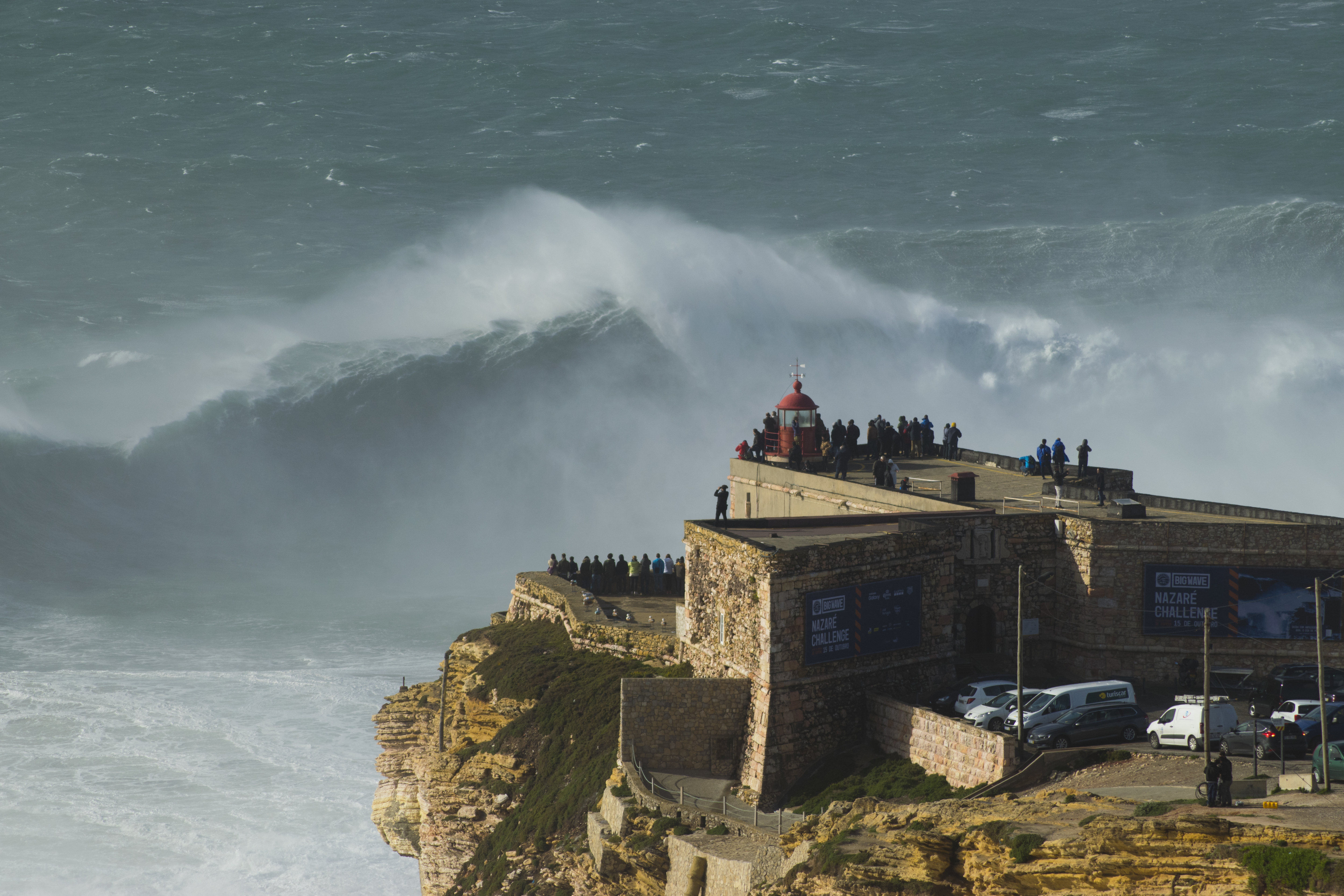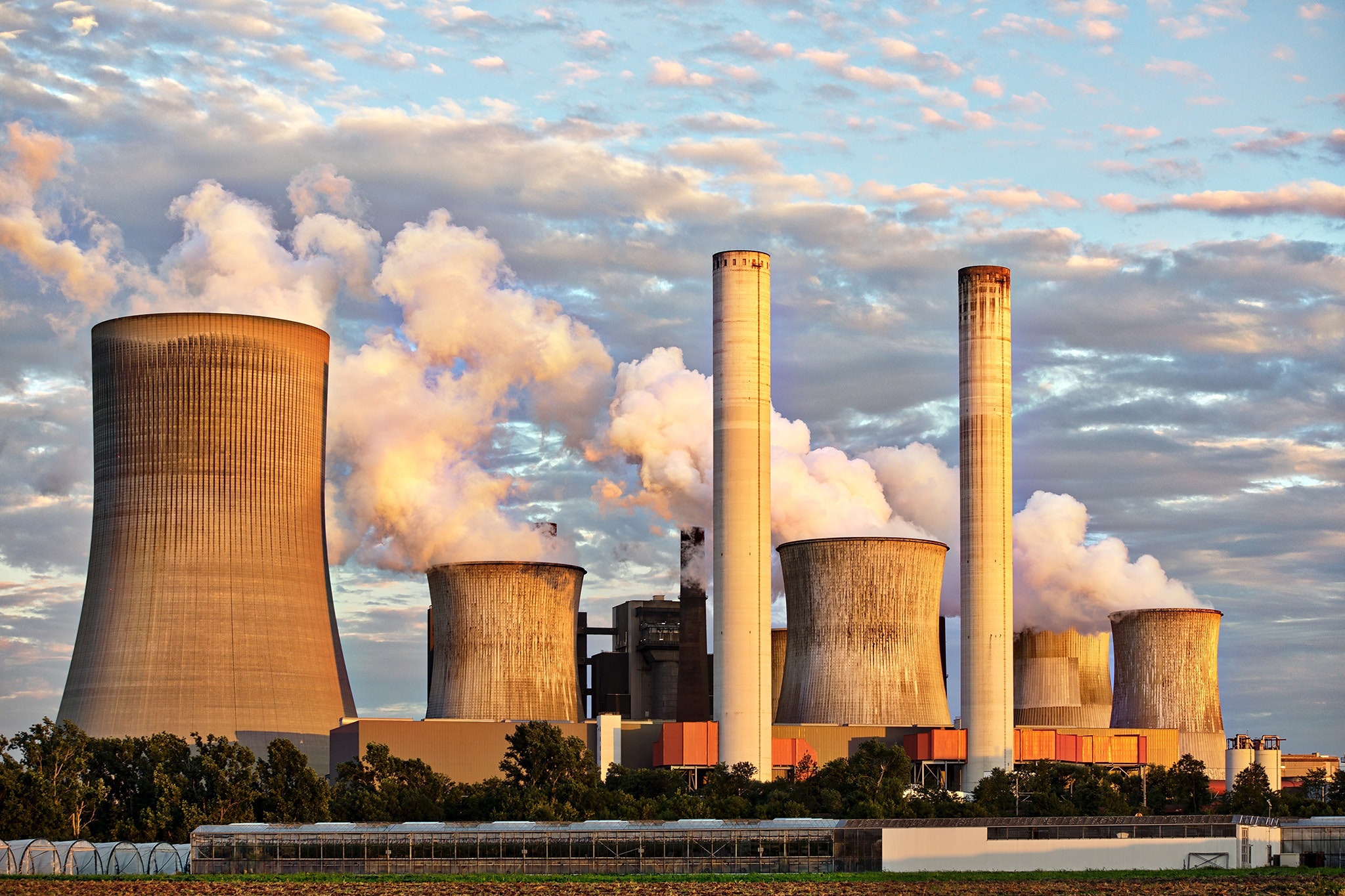
Sciences & Technology
Australia’s mountains are still growing

As the planet warms, researchers are warning that the frequency and magnitude of extreme wave events may rise by around 10 per cent by the end of century, increasing flood risks
Published 11 June 2020
When most of us think about what climate change will do to our coastlines we tend to focus on how sea-levels are rising as the polar ice caps melt and the oceans warm. But that is only part of the story.
What many don’t realise is that at the same time as sea levels are rising, storms are increasing in magnitude and frequency, resulting in larger ocean waves. These waves increase coastal erosion and the risk of flooding.

Our new research suggests that by the end of the century the magnitude of extreme wave events will have increased by up to 10 per cent over extensive ocean regions, and the frequency of storms that generate extreme waves will have increased by five to 10 per year.
This may not sound like a big increase, but it means that almost 60 per cent of the world’s coastline will experience larger and more frequent extreme waves.

Sciences & Technology
Australia’s mountains are still growing
At a time when 290 million people already live below the 100-year flood level (that is, they live below levels where there is at least a one per cent probability of flooding every year), an increase in the risk of extreme wave events may be catastrophic, as larger and more frequent storms will cause more flooding and coastline erosion.
Extremes are defined as unexpected, unusual and sometimes unseasonal events. Like extreme floods, extreme waves are classified by the frequency with which they tend to occur, and this frequency drives the design requirements for ocean structures or coastal defences. For example, defences may be designed to cope with a 100-year wave event.
Extreme ocean waves generated by strong surface winds can reach heights of over 20 meters at the high latitudes of the globe – that’s as high as four double-decker buses stacked on top of each other.
But the surface winds that drive wave heights are in turn driven by the climate system, and so are subject to climate change. A warming planet is causing stronger and more frequent storm winds which in turn trigger larger and more frequent extreme waves, and the 100-year events may begin to occur every 50 or even 20 years.

Estimating the probability of occurrence of extreme waves is challenging, let alone estimating how their frequency and magnitude may change in the future. This is due to the small number of ocean observations available.
The buoys and offshore platforms scientists use to observe ocean movements are sparsely distributed, and satellite measurements are limited in how often they sample a single location.
But advances in computing technology and the modelling of data, allows us to simulate the Earth’s changing climate under different wind conditions, recreating thousands of simulated storms to evaluate the magnitude and frequency of extreme events.

Our research used a unique statistical ensemble approach, where we pooled data from an unprecedented collection of thousands of modelled ocean wave extremes to estimate future extreme events. These extremes were derived from global wave models based on wind forces generated from seven different global climate models.
The vast amount of modelled ocean extremes generated allowed us to apply an ensemble statistical analysis that reduces the uncertainty around the estimation of future projections of extremes.
To be sure that the collection of modelled extremes was a representative dataset, we compared the extreme estimates with an extensive dataset of calibrated satellite measurements. The comparison shows good agreement between our ensemble of climate models and the satellite dataset.
We estimated the changes in extreme wave heights by the end of the 21st century under two alternative greenhouse gas emission scenarios, one where emission continue to rise rapidly and one where effective steps are taken to limit emissions.

If the world does little to curb emissions, then we can expect an increase of up to 10 per cent in extreme wave height events.
This is based on the so-called RCP8.5 climate scenario under which carbon dioxide (CO₂) concentrations continue to rise rapidly, reaching 940 parts per million (ppm) by the end of the century. It is a high-emission scenario, where the world’s population continues to grow with strong reliance on fossil fuels.
In contrast, our research predicts that there would be a significantly lower increase in extreme wave risk under a climate scenario where effective steps are taken to reduce emissions – this is the RCP4.5 scenario that assumes CO₂ concentrations peaking around 2040 at 540 ppm.

Sciences & Technology
When Central Australia slipped and trembled
In both scenarios, we find that the largest increase in magnitude and frequency of extreme waves is in the Southern Ocean. This will not only affect Australian coastlines, but also have an impact around most Pacific coastlines, bringing larger and more frequent swells.
Importantly, the unique approach we have applied means that we can estimate future wave extremes with a higher confidence than previously possible. Our analysis considers the whole globe, but the impacts of tropical cyclones on future wave heights aren’t well understood yet and are an area of ongoing study.
However, our research on an unprecedentedly large data set of extreme ocean waves clearly indicates that the Southern Ocean faces a significant increased risk in both the frequency and magnitude of extreme winds and waves unless action is taken to curb emissions.
Co-authors of the research are: Dr Mark Hemer, CSIRO, Oceans and Atmosphere, Hobart Australia; Professor Roshanka Ranasinghe, Department of Water Science and Engineering, IHE-Delft, Netherlands; and Ebru Kirezci, University of Melbourne
Banner: Getty Images